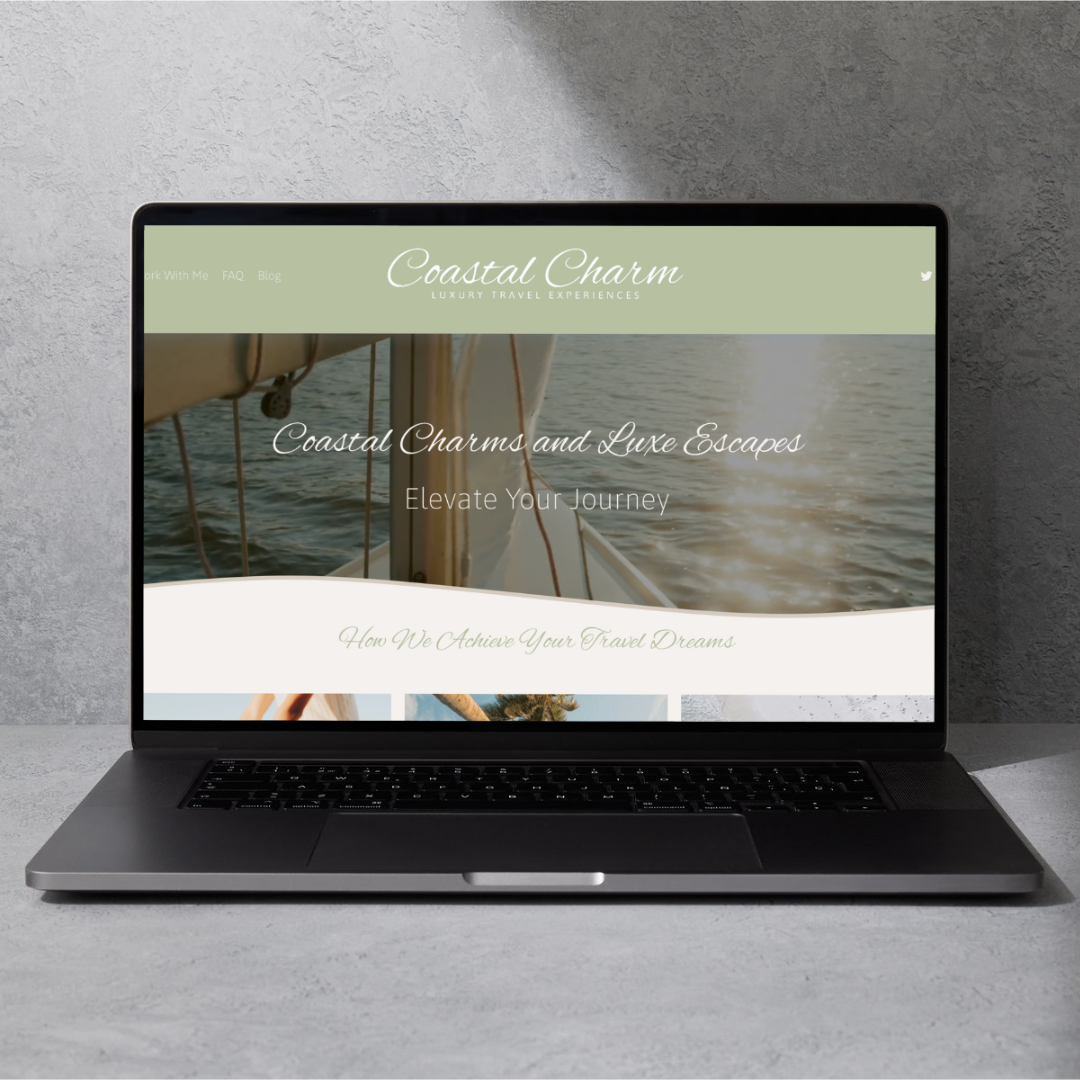Why Website Accessibility Isn’t Optional
(Even for Small Businesses)
Inclusivity is good design — and it’s good business. Here’s how to start making your site more accessible.
Let’s be honest, when most small business owners think about web design, the first priorities are usually branding, layout, and how everything looks. But here’s something we need to talk about more: how your website actually works for all users.
Because if your site isn’t accessible, it isn’t truly working.
Accessibility in web design isn’t just a box to check. It’s about creating a digital space that everyone can navigate, use, and engage with regardless of ability, device, or processing style. And in an online-first world, that really matters.
Why accessibility matters (especially for small businesses)
Whether you're a solo service provider, a growing creative agency, or anything in between, your audience is diverse. Some visitors might use screen readers. Some may rely on keyboard navigation. Others might have color blindness, ADHD, or neurodiverse learning preferences.
If your website is hard to use or impossible to understand for those people, you’re unintentionally turning away potential clients who are ready to work with you.
Accessibility helps:
Build trust with a wider audience
Improve your SEO rankings (Google loves accessible sites)
Show that your business values inclusivity
Increase conversions by removing barriers
And it’s not just for “big” companies. In fact, being a small business gives you the unique ability to lead with empathy and flexibility in your design choices.
Small steps that make a big difference
The good news? You don’t need to completely overhaul your site to make it more inclusive. A few thoughtful updates can go a long way.
Here are a few accessibility practices to consider:
Use proper heading structure: H1 for your main title, H2 for subsections, etc. This helps screen readers understand the hierarchy of your content.
Add alt text to every image: Describe what’s in the photo and its purpose. Avoid vague phrases like “image of text.”
Check your color contrast: Make sure your text is easy to read on your background. Light gray on white might look modern, but it’s often unreadable.
Make buttons and links obvious and descriptive: Instead of “click here,” try “Learn more about our services.”
Avoid flashing content or auto-playing videos: These can be overstimulating or even dangerous for certain users.
Use plain, simple language where possible: This doesn’t mean dumbing things down—it means making your content clear and accessible to everyone.
Accessibility doesn’t mean sacrificing style
One of the biggest myths is that accessible websites can’t also be beautiful. We’re here to say: that’s just not true.
At Solstice Collective, we believe that smart design is inclusive design. We create Squarespace websites that are stunning and strategic, built for real people in the real world.
So, whether you’re DIYing your site, using a template, or hiring a designer, now’s the time to make accessibility part of the process, not an afterthought.
Need a more inclusive Squarespace site?
We’d love to help. From quick accessibility audits to full site builds designed with inclusion in mind, we’re here to make your digital space feel like home for everyone who visits.
Our Latest On Instagram
Meet Jane
Founder of Solstice Collective
Hi, I'm Jane Elzinga, the founder of Solstice Collective. Since 2019, I've been passionately helping entrepreneurs across various industries build impactful online presences through beautiful and user-friendly Squarespace websites. My experience in understanding diverse business needs and creating tailored online experiences makes me uniquely qualified to guide you through the website planning process.
Template Shop
At Solstice Collective, we believe every great idea deserves a stunning online presence. We offer professionally designed website templates for various styles and brands, perfect for launching a new business, blogging, showcasing your portfolio, or refreshing an existing site.



















